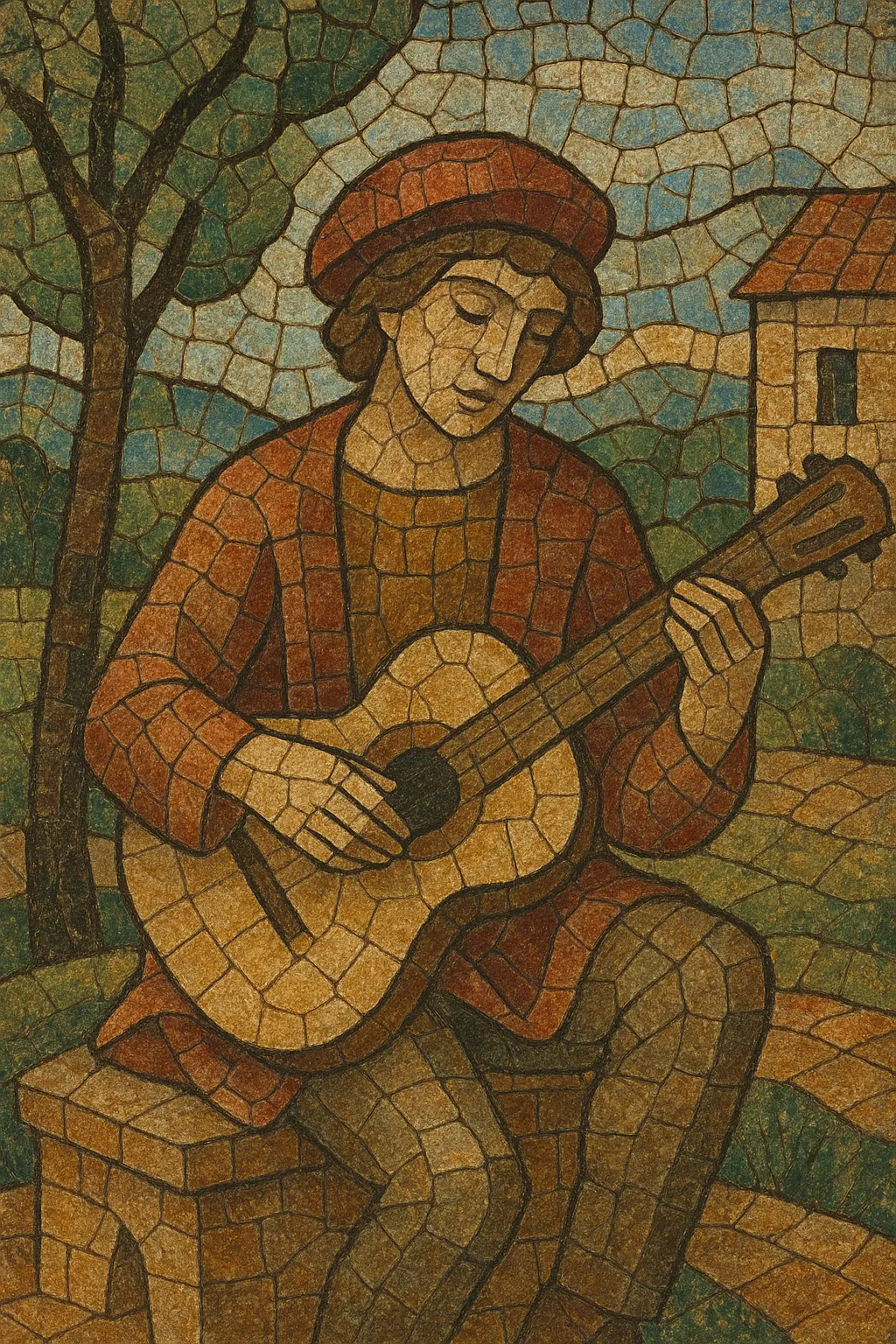Visa is a Swedish song tradition centered on narrative, poetry, and memorable melody. The term covers strophic songs with clear, text-forward delivery, ranging from rustic folk ballads to urbane salon pieces.
Historically performed with simple accompaniment (lute, guitar, or piano), visa emphasizes storytelling, prosody, and singable refrains. It sits between folk song and art song: rooted in oral tradition and everyday life, yet often refined by skilled poet-composers. Themes span love, seafaring, nature, tavern life, and social satire, with melodic contours that are diatonic and tuneful, and meters that frequently include triple time (3/4, 6/8).
The Swedish visa emerged from medieval and early modern song practices, where strophic ballads and broadside songs (medeltida ballader) carried stories, morals, and news. By the 1600s–1700s, the tradition intertwined with courtly and urban music, absorbing Baroque and Rococo sensibilities while remaining anchored in folk performance contexts.
The genre crystallized with poet-composers such as Carl Michael Bellman (1740–1795), who fused pastoral, urban, and tavern imagery with elegant melodies and nuanced prosody. Through salons, homes, and printed songbooks, visa became a popular vehicle for social observation and personal reflection, maintained by both professional and amateur singers.
In the 1900s, the visa experienced a major revival through figures like Evert Taube, Olle Adolphson, Cornelis Vreeswijk, and Fred Åkerström, who modernized the language and accompaniment (often guitar) while preserving the storytelling core. Festivals (notably Visfestivalen i Västervik, founded in the 1960s) sustained a live culture, and recordings helped canonize classic repertoires alongside new works.
Today, visa thrives in Sweden’s singer-songwriter scene, folk clubs, and conservatories. Artists blend traditional melodies with contemporary harmony or incorporate elements from jazz and indie folk, yet the genre’s identity remains defined by Swedish-language texts, strophic architecture, and intimate, narrative delivery.


